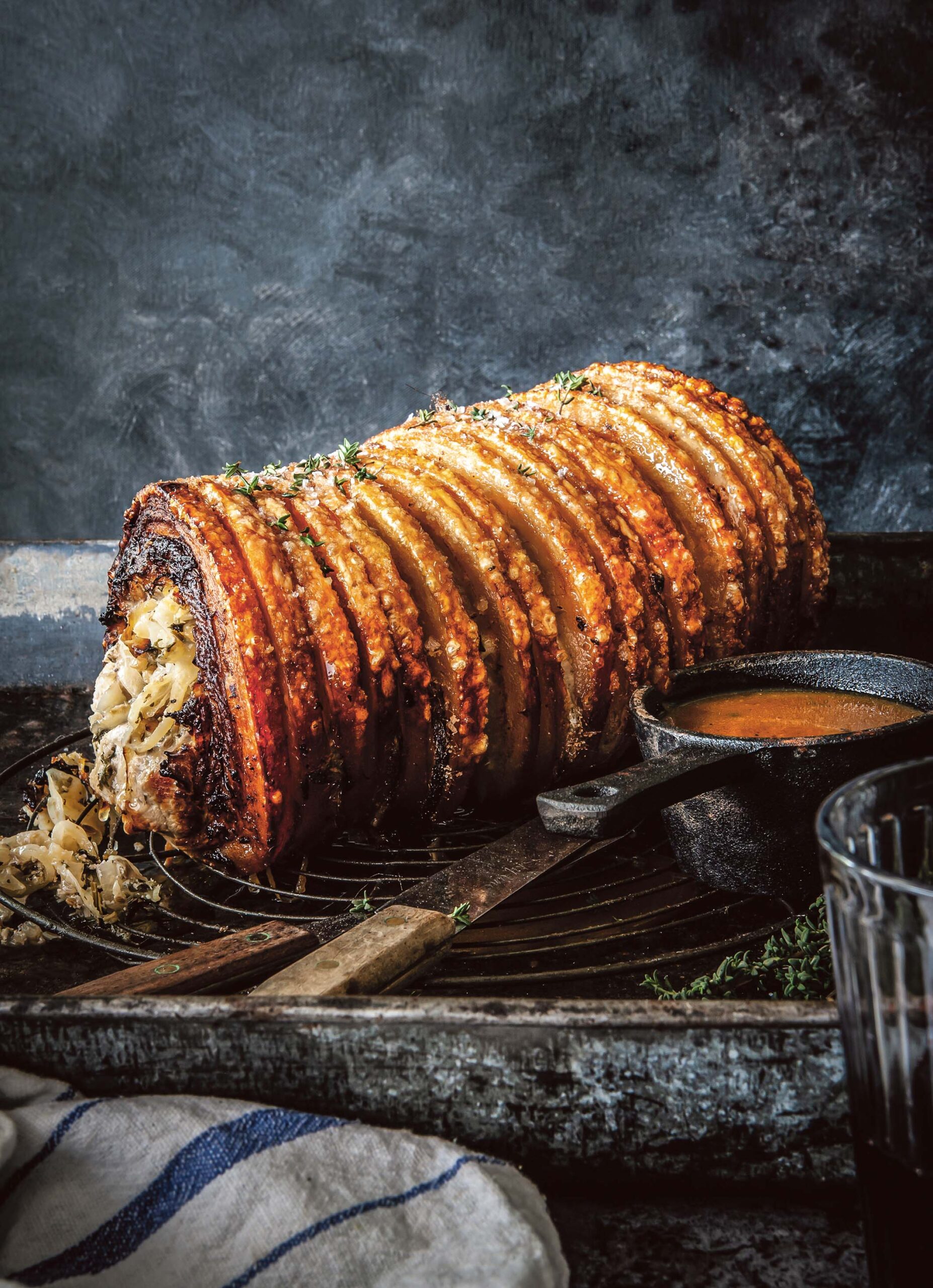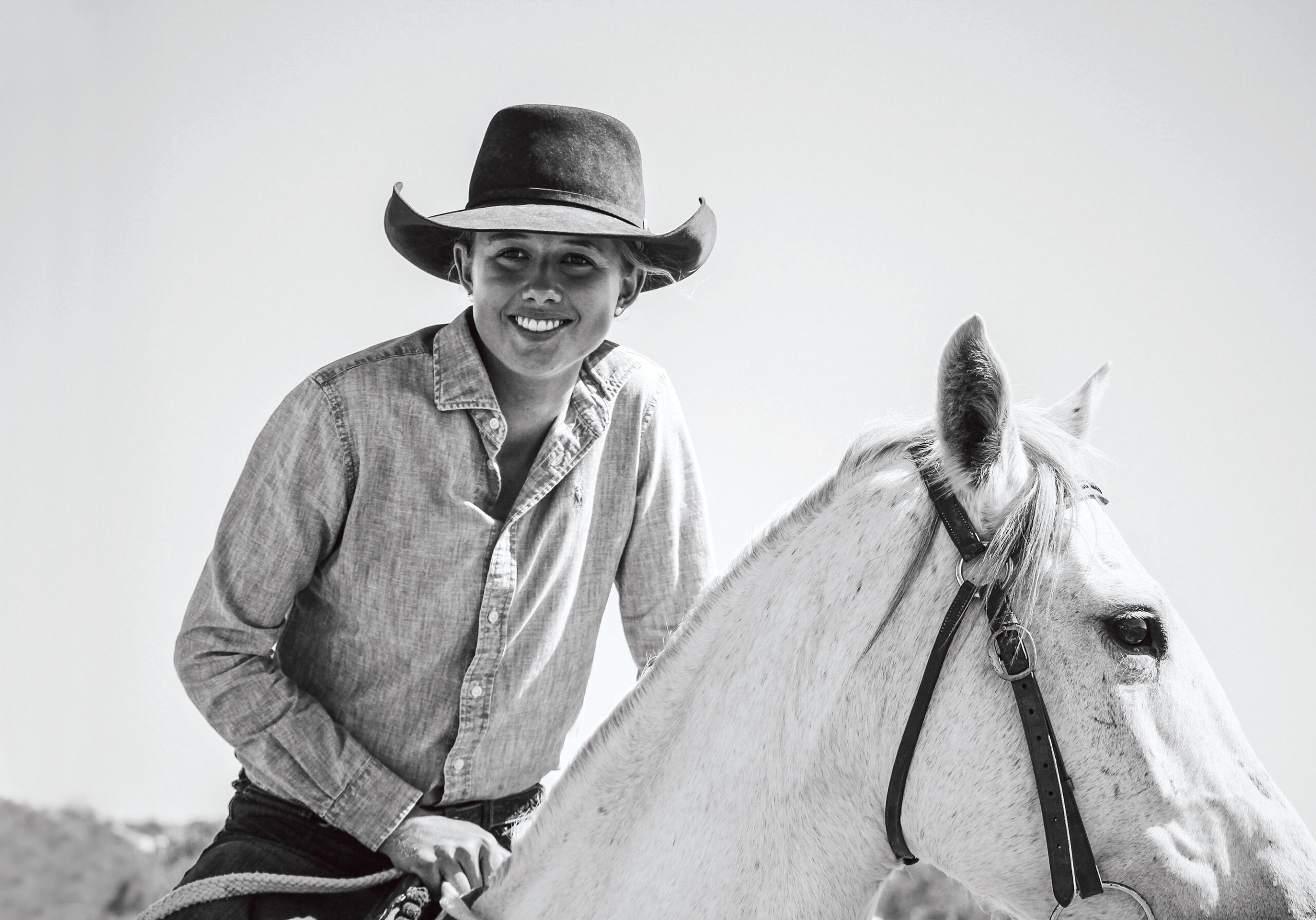PHOTOGRAPHY GEORGINA POOLE
From left, Maggie Bull, Harriet Poole, Josephine Coorey and Annabelle Crowe in cotton plants on Harriet’s family’s farm near Moree.
Sign up to our mailing list for the best stories delivered to your inbox.
Boarding school mum Georgina Poole says hosting daygirls on the farm has given her a new perspective on the place she calls home.
WORDS AND PHOTOGRAPHY GEORGINA POOLE
I was driving down the main street of Moree, New South Wales, after dark with my car loaded up wide-eyed 14-year-old girls quietly weighing up the silent streetscape. I’d just collected my daughter and three of her friends after an eight-hour bus trip, but the adrenalin of the highly anticipated road trip had well and truly faded as they blinked at the unfamiliar surrounds.
It was a cheery exclamation from the back seat that took everyone off guard, and suggested we could be in for a weekend of culture shock.
“Wow! This looks just like Hastings Street!”
This unexpected first impression was perhaps a generous comparison: the gaudy tobacconists and ‘guns and ammo’ shopfronts were still hidden in the shadows of darkness. But, having rarely ventured further than Noosa, this enamoured Brisbane schoolgirl’s point of reference on regional Australia was limited.
There’s little doubt the connection between rural and urban Australia has frayed; however, at St Margaret’s Anglican Girls School in Brisbane, the Queensland Labour Day long weekend is dedicated to the annual Day/Boarder Weekend home visit program in an effort to help mend this disconnect. All students are given a four-day weekend, plus a half day on Friday for travel, with boarders encouraged to invite day students to their rural and regional homes.
Buses depart the school with much fanfare, destined for towns such as Moree, Goondiwindi and Roma, while an equal number of girls take to the air for outback adventures. Once they reach their destinations, it’s a saturated weekend schedule showcasing the best of bush living.
This article originally appeared in the 2025 Graziher Boarding Schools Guide. You can access the full guide below and here. Article continues below.
My daughter Harriet had invited three of her daygirl friends to stay with us: Maggie Bull, Annabelle Crowe and Josephine Coorey. Maggie — whose parents grew up rurally and still have agricultural interests — was already capable on-farm, but for Josie and Annabelle it was one of their first farm experiences.
Cotton season is in full swing during May in Moree, and the cotton fields were the girls’ initial playground. Shiny boots became heavy with clumps of irrigation mud as they ran among the plants; their first time seeing a cotton crop.
Questions fired as they pulled at the fluffy bolls, and the dots begin to join in their minds about the relevance of this natural fibre in their own sartorial obsessions. Irrigation demonstrations, a snake sighting and round bale climbing were all part of the adventure. There was even a cotton-picker ride with a gruff driver who reluctantly agreed to give each girl a turn riding in the cabin — an experience underlined by an awkward bouncy silence.
From artesian hot pools to Lillyman’s soft drinks, local icons we take for granted were revered and, even under the honest glare of daylight, Moree’s main street didn’t seem to lose any of its shine for the beaming teens.
A trip to Goondiwindi for the annual ag show united many of the various boarder/daygirl households from across the region, with the sideshow alley dominated by groups of girls talking over each other with tales of their adventures. The weekend progressed with more farm tours, largely consisting of motorbike rides meticulously planned months in advance.
Somewhere in the mix we also managed a trip to the historic Nindigully Pub for its famous Road Train Burger (a 5.5kg whopper that feeds six people) and, despite having grown up in the region, I’m ashamed to say it was my first visit too.
An outback Queensland friend took country hospitality to another level during her daughter’s first Day/Boarder Weekend, organising scenic joy flights, outback bonfires, camping and horseriding along the river. She laughs that it’s more than she’s ever entertained her own children, and not at all reflective of an average weekend in the bush, but the delight the daygirls get from the experience is absolutely worth the effort — and first impressions count. The weekend is a simple initiative with a genuinely powerful impact. At the very least, these impressionable Gen Zs will be excited by rural Australia, and know where their food and fibre comes from.
It’s difficult the quantify the lasting impression of such an experience. These young women may be the policymakers, corporate CEOs and philanthropists of tomorrow, and the more they understand our rural and regional landscape, the stronger our communities’ futures will be.
To somehow scale this initiative so all students across our cities have an opportunity to spend time in regional and rural Australia would do wonders for demystifying life beyond the Great Dividing Range.
This same group of girls visited us again over the recent Christmas holidays, and are planning their next Day/Boarder Weekend in May. They can now ride motorbikes, drive a manual car, point out different crops and are becoming very comfortable outside the city limits.
For boarder parents, sending a child hundreds of kilometres away to live in the city can feel equally foreign, and the exchange weekend is valuable in ensuring a connected daygirl and boarder network. Daygirl families fall over each other to take our girls to sport, or on leave for the weekend; some even pack special lunch box treats for their boarder buddies.
It’s comforting; it’s a credit to St Margaret’s for building a strong culture; and it’s a wonderful opportunity to give back to the generous surrogate families who step in when our kids are far from home. To somehow scale this initiative so all students across our cities have an opportunity to spend time in regional and rural Australia would do wonders for demystifying life beyond the Great Dividing Range. In the meantime, St Margaret’s is playing a small but important role by promoting this platform.
The Day/Boarder Weekend is perhaps one of the busiest on our calendar, yet there’s nothing quite as heartwarming as seeing city kids embrace rural Australia with such joy. The enthusiasm from my carload of young girls suggests that — given the opportunity — the appetite for rural Australia is as strong as ever.
And now, every time I drive down Moree’s main street at night, its glimmering fairy lights illuminating the leafy tree canopy, I can see that it really does have an air of Hastings Street about it.

Irish butcher-and-chef duo Rick Higgins and Gaz Smith share recipes for porchetta with a winning stuffing, an indulgent mash and lamb shoulder with mother sauce.

Photographers share highlights of life on the land, from high-stakes competitions to moments of quiet contemplation.